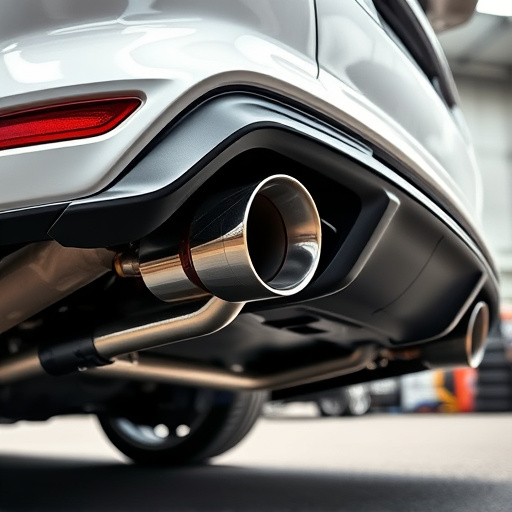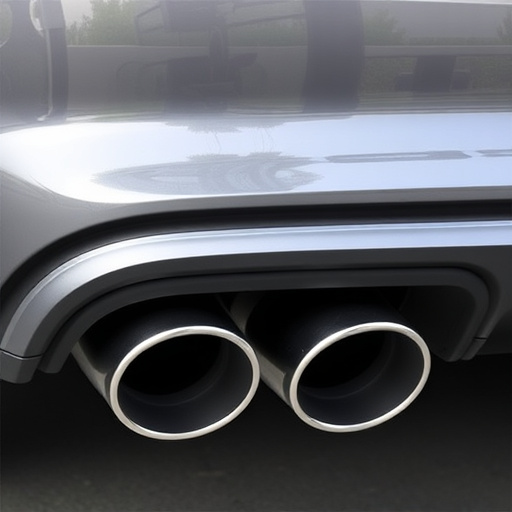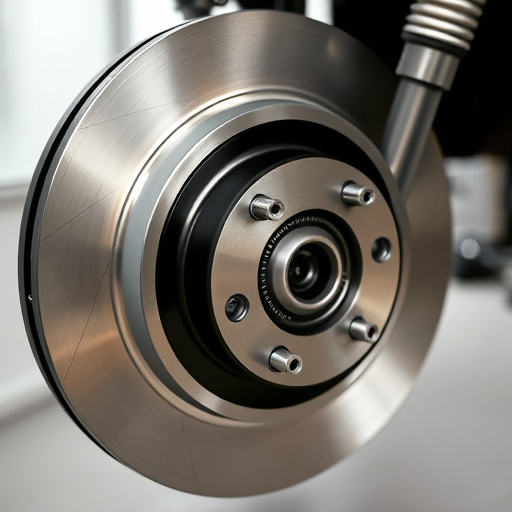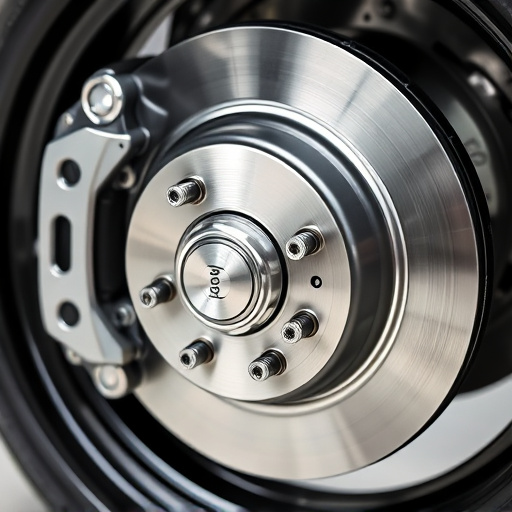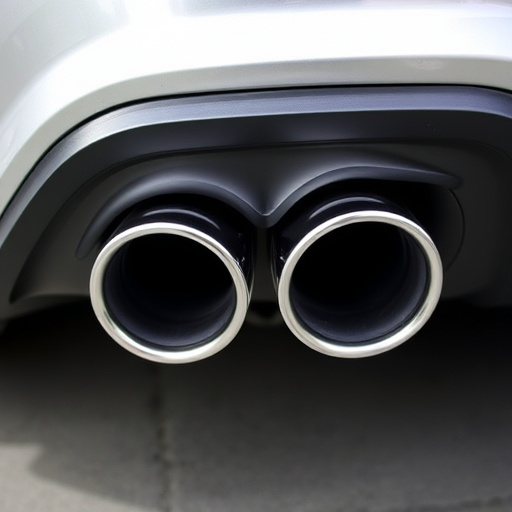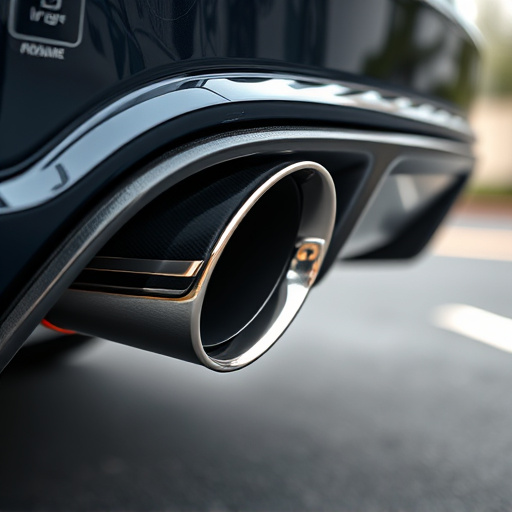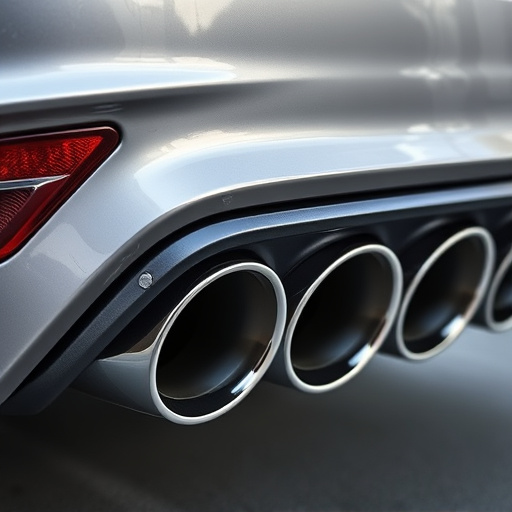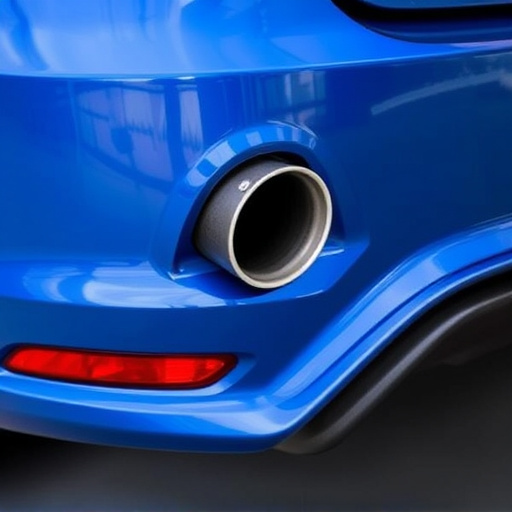Air intake systems cater to street and track vehicles' distinct needs, balancing power and efficiency for daily driving versus enhancing acceleration and top speed for tracks. Track-focused intakes prioritize maximum airflow efficiency using specific filter types like cold air intakes (CAIs), while street vehicles require systems that meet noise and emissions standards. Installation involves removing stock components, installing the new intake, securing connections, testing fitment, and integrating a compatible exhaust system, directly enhancing vehicle performance for its intended use.
Optimizing your vehicle’s performance with the right air intake system is a popular modification for both street and track use. This guide delves into the distinct requirements of each environment, helping you choose the ideal air intake for your needs. Learn about the factors that determine the best fit for your vehicle, then follow our step-by-step installation guide to achieve optimal performance, whether cruising down the street or racing on the track.
- Understanding Air Intake Systems: Street vs Track Requirements
- Choosing the Right Air Intake for Your Vehicle: Factors to Consider
- Step-by-Step Guide: Installing an Air Intake for Optimal Performance
Understanding Air Intake Systems: Street vs Track Requirements
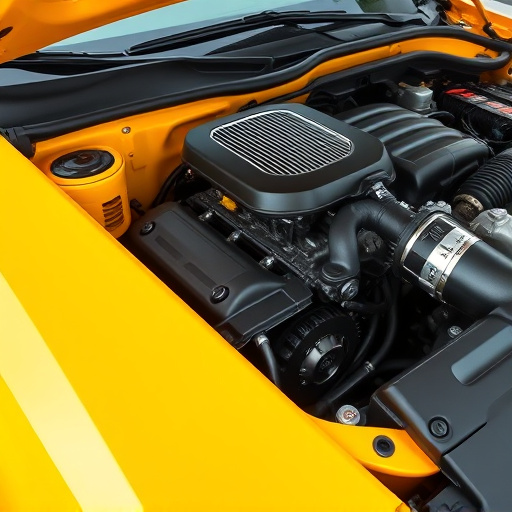
Air intake systems play a crucial role in the performance and efficiency of any vehicle, be it for street or track use. Understanding the differences between these two environments is essential when considering an air intake installation. For street driving, the system needs to balance power and fuel efficiency, managing various conditions like city traffic and highway speeds. This often involves quieter operations to meet noise pollution standards and may include features like temperature sensors to optimize engine performance under varying climates.
In contrast, track-focused vehicles demand a different approach. High-performance exhaust mufflers designed for reduced backpressure can enhance acceleration and top speed. Track cars also benefit from air intake components tailored to provide maximum airflow, often utilizing cold air intakes to draw in cooler, denser air for improved combustion. These modifications ensure the engine receives optimal fuel mixture, resulting in enhanced power output. The focus shifts from noise regulation to maximizing airflow, ensuring the vehicle can handle intense track conditions and high-performance requirements.
Choosing the Right Air Intake for Your Vehicle: Factors to Consider
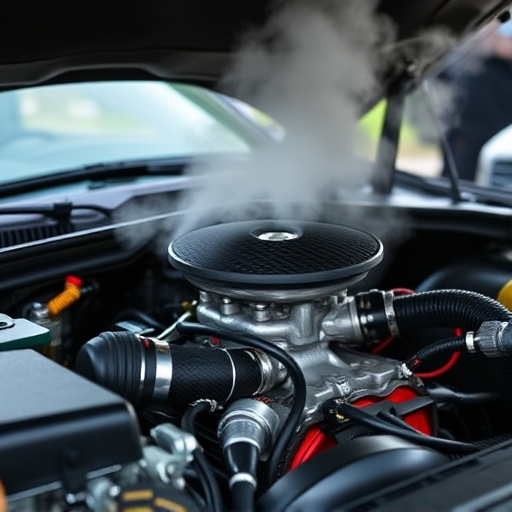
Choosing the right air intake installation for your vehicle involves several key factors. First, consider the primary purpose of the upgrade: street use or track days. Street vehicles require a system that balances airflow with noise levels and legal emissions standards, while track-focused intakes prioritize maximum airflow efficiency to enhance vehicle performance.
Additionally, the type of intake components, such as dry filters, oiled filters, or cold air intakes, plays a significant role. Dry filters offer consistent performance but require more frequent replacement, whereas oiled filters provide better filtration but necessitate regular oil changes. Cold air intakes, which draw cool air from outside the engine compartment, can significantly improve vehicle performance by providing denser air for combustion, but they’re typically more complex to install and may be less suitable for vehicles with prominent brake rotors or limited space around the engine bay.
Step-by-Step Guide: Installing an Air Intake for Optimal Performance
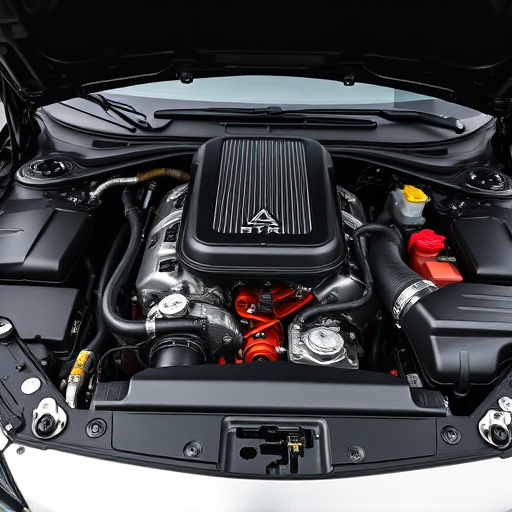
Installing an air intake system is a direct path to enhancing your vehicle’s performance, whether for street use or track days. Here’s a step-by-step guide to ensure optimal results. Begin by selecting an air intake designed specifically for your make and model, focusing on high-flow air intake installation that fits seamlessly within your engine bay. Ensure it complies with any legal requirements and is compatible with existing performance exhaust systems like a cat back exhaust.
Next, gather all necessary tools and intake components, double-checking their compatibility. Create a clean workspace around your engine to facilitate the process. Start by removing the stock air filter and any surrounding components, marking wiring harnesses for proper reattachment. Install the new air intake according to the manufacturer’s instructions, securing it with provided hardware. Reattach any removed parts and ensure all connections are secure. Test fitment and functionality before adding a performance exhaust system to complete the setup.
When considering air intake installation for your vehicle, whether for street or track use, it’s crucial to match your setup with specific performance requirements. By understanding the differences in street and track demands and carefully selecting an appropriate air intake, you can ensure optimal engine performance and efficiency. Follow the step-by-step guide provided to install your chosen air intake correctly, enhancing your driving experience both on the road and at the race track.

